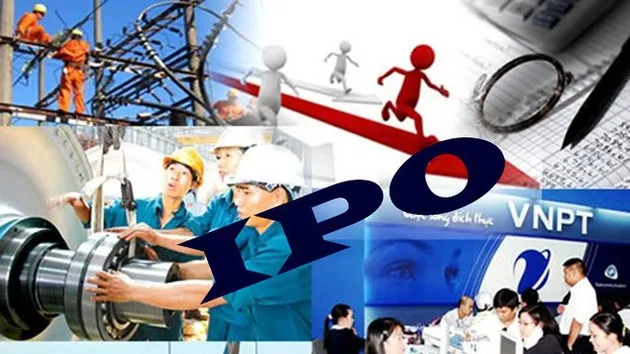
However, it is still possible to complete equitization of a further 137 businesses by the end of 2020, even though the goal of restructuring to improve the quality and performance of SOEs is going very slow.
Irresponsible handling of equitization
According to statistics of the Ministry of Finance from 2016 until June 2019, so far 162 enterprises have completed the equitization process. The total state capital allocated is at VND 205,433 bn, equal to 108% of the total value of state capital in equitized enterprises during the period of 2011-2015. At that time, the total amount from equitization and divestment had reached VND 218,255 bn. However, among enterprises that have been approved for the equitization plan from 2016 to now, only 35 enterprises (27.5%) are listed in Document No. 991/TTg-DMDN out of list of 127 SOE enterprises for equitization each year in the period 2017-2020.
Other than the various objective reasons, such as adverse impact of world economy; large-scale SOEs with many associate units; a wide range of operations; and complex financial situations; the equitization process has been slow due to lack of enforcing of administrative discipline and unclear methods of dealing with several violations.
Since the beginning of implementation of equitization from 2011-2015, the Government leaders have repeatedly requested for appropriate sanctions against failure to comply with the scheduled process of restructuring and equitization of SOEs. During the 2016-2020 period, the Government continued to direct and clearly identify the responsibilities of individuals and organizations in equitization and divestment, and issue strong sanctions to strictly handle the many violations.
However, reality shows that the implementation and handling of responsibilities in the equitization process and SOE restructuring has not been taken seriously. Cases of punishment and replacement are very few compared to the many failures in the restructuring and equitization process of SOEs. In addition, in cases of failure of prosecution in clear law violations, the main reason was lack of legal mechanism and regulations to clearly identify the form of violation, the level of handling, as well as clearly identifying the competent authority who would assess and handle relevant agencies, organizations or individuals responsible in the equitization plan.
Lack of quality in equitization process
According to the Central Institute for Economic Management (CIEM), the Government was still able to accomplish their goal in approving a number of SOEs for equitization by the end of the planning period, although the annual implementation schedule was often delayed. However, the achievement of the goal of "more rationally structured SOEs" was only achieved at a low level, because state capital was still present in most industries and sectors. The state capital has not been reduced to the level prescribed in resolutions of the Party or National Assembly.
Currently, the rate of state capital held in joint stock companies is still high, including in enterprises that are not on the list of State holding dominant shares or do not need to hold shares. The reason is that the amount of shares offered to the public is low compared to the enterprise equitization plan, while some businesses cannot even sell shares outside, resulting in shareholders and state employees holding entire stocks. Therefore, the equitization plan did not attract capital from outside; failed to meet the requirements and targets of the National Assembly and the Government on divestment of all state capital in enterprises where the State does not need to own more than 50% of capital; divesting of state capital to the floor level prescribed for industries arranged by the State; and restructuring of investment capital.
According to CIEM, the equitization quality has not met the desired requirements, reflected by the fact that many equitized enterprises cannot attract private investment, do not have strategic shareholders, and do not meet the goal of restructuring the ownership to improve the quality of management, financial strength, market access and new technology. In addition, in terms of law, strategic shareholders are treated like ordinary shareholders, with no special attractive benefits other than the right to join enterprises in the proportion of shares they hold.
CIEM research shows that enterprises with a plan to maintain state shares at a low proportion often conduct successful IPO than state-owned enterprises with dominant shares. This has set the requirement to continue narrowing the State Owned Enterprises that hold dominant shares, creating more attraction for investors. For example, when Vietnam Coal and Mineral Group (TKV) conducts equitization and sells outside more than 50% of charter capital of shipbuilding mechanical engineering companies, investors have registered to buy all the shares offered. However, for State-approved units holding 51% or more of the shares, most of the selling rates are not according to plan.
Mr. Pham Duc Trung, Head of Research and Development Enterprise (CIEM), said that the goal of equitization and divestment to adjust SOE structure over 10 years has not reached a reasonable goal. Attracting private investment and social investment into enterprises has not been achieved, even by those enterprises with state capital of upto 99%. “The state capital maintained in most industries and fields will not be able to change the structure of businesses. This is the biggest reason for equitization not achieving its target so far”, Mr. Trung said.




















